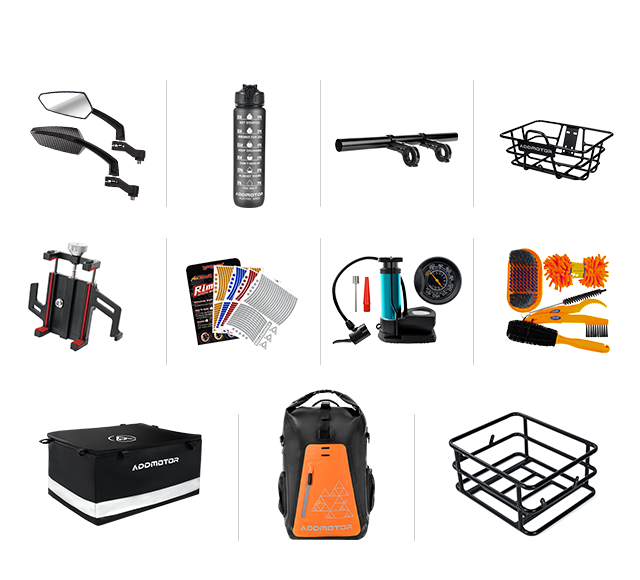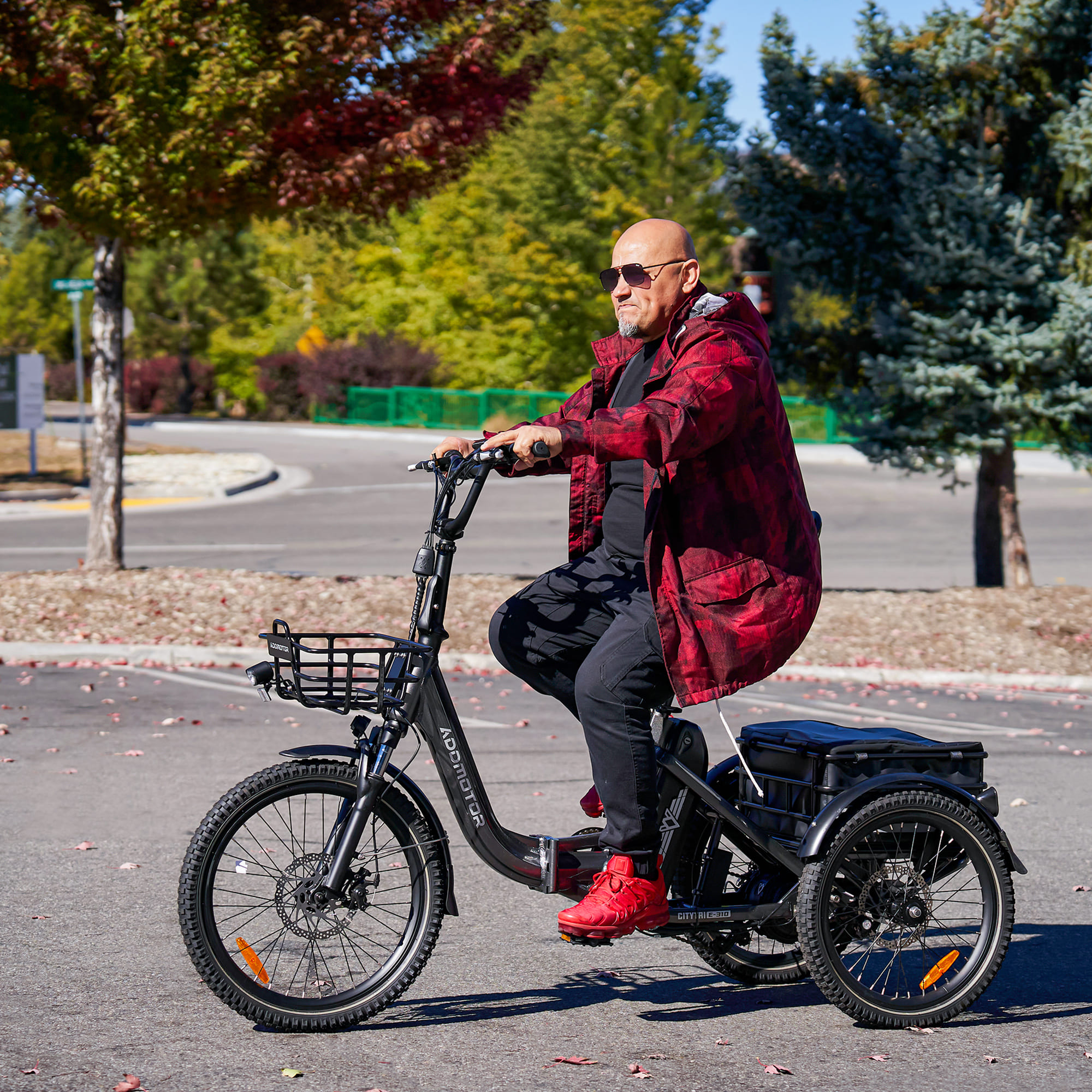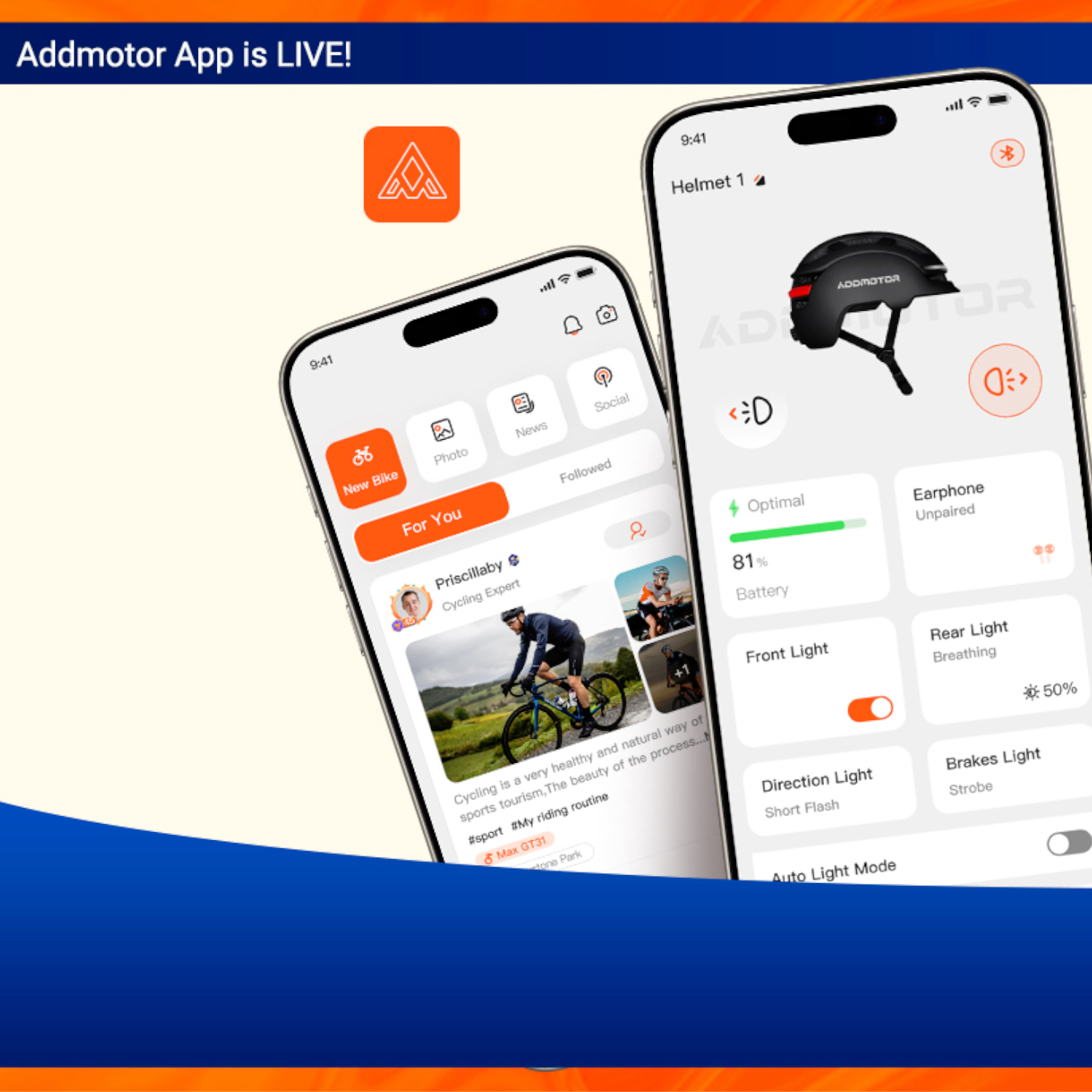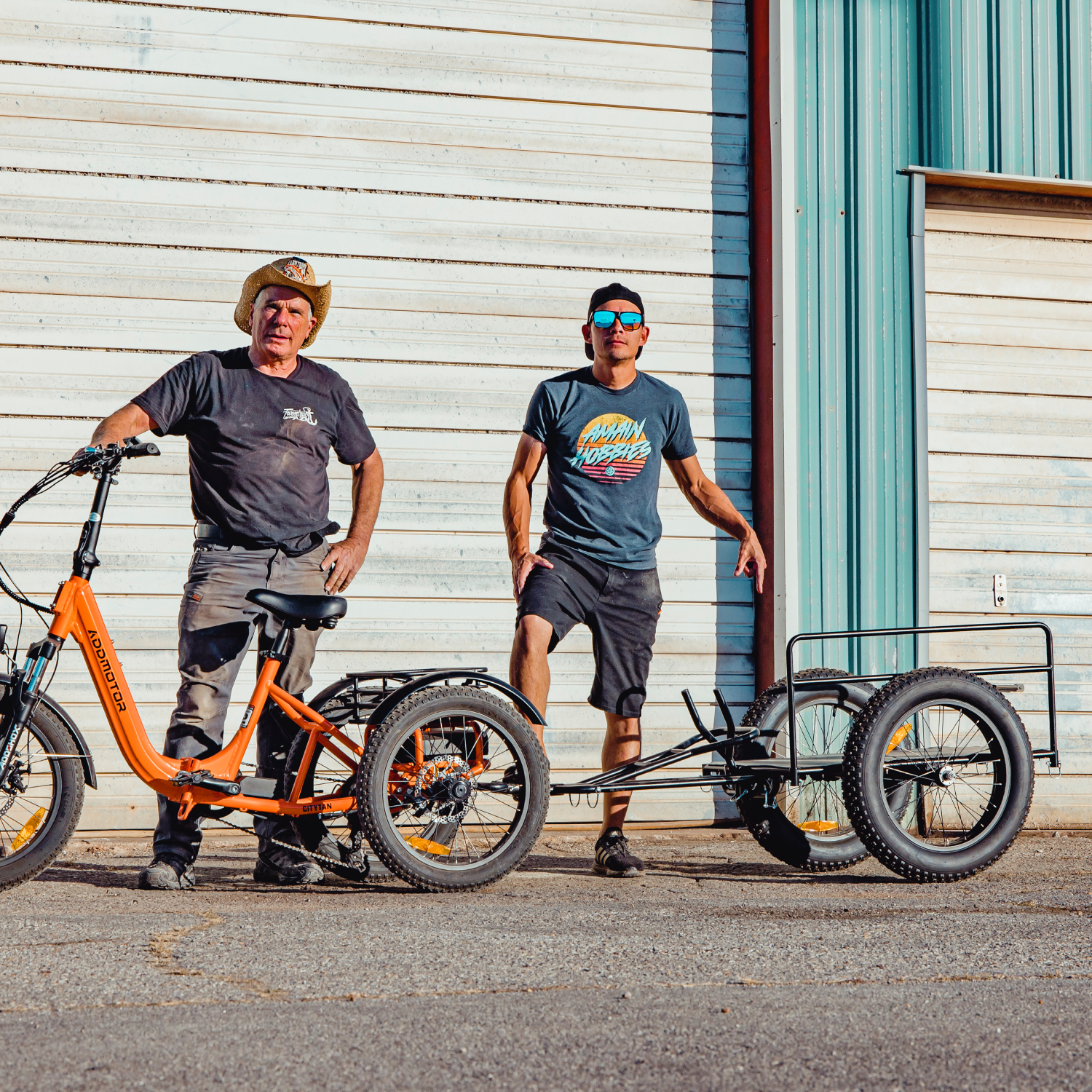Everything You Should Know About Types of Electric Bikes
By Addmotor | 28 November 2022 | 1 Comments
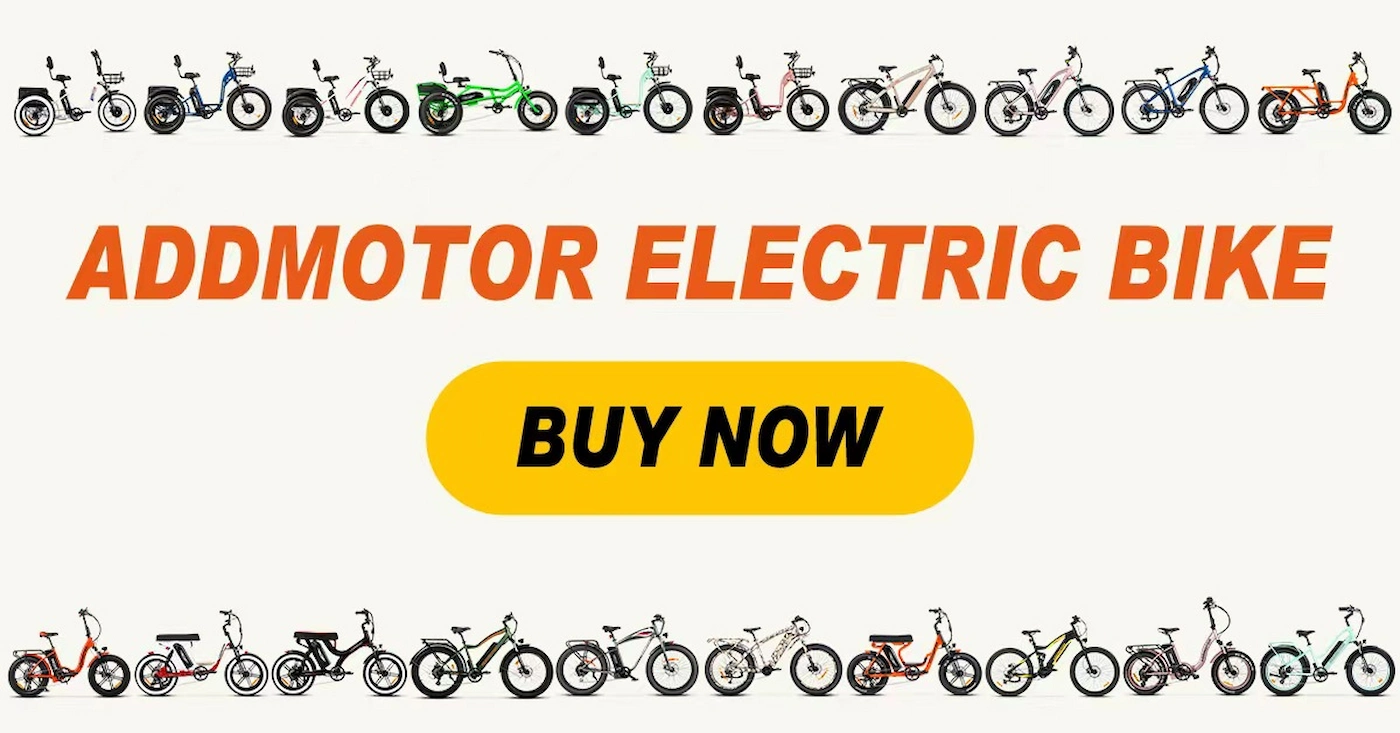
Whether you're a seasoned cyclist or simply looking for a more convenient, environmentally friendly mode of transportation, electric bicycles have something to offer everyone. Choosing an electric bike model can appear overwhelming at first. Everything you need to know about getting an electric bike to ride farther, quicker, handle bigger hills, carry heavier loads, consider replacing your car, save the earth, and get healthier.
We'll go over the different types of electric bicycles so you can choose one that will help you go further, faster, and easier.
Electric Bike Varieties
Electric bicycles are classified into three categories, ranging from Class 1 to Class 3. Understanding electronic bike classes allow you to align your riding skills while also adhering to local legal requirements. The maximum speed and electric power component of all electric bike classes define them.
Class 1 e-bike: Has a top speed of 20 mph and is powered by pedal-assist technology.
Class 2 e-bike: Makes the top out at 20 mph, but utilizes a throttle to regulate the amount of electric output the bike generates.
Class 3 e-bike: Has a top speed of 28 miles per hour and only uses pedal assist technology. Many states make Class 3 electric bikes illegal, so check your local laws before purchasing.
Be aware of the park and public land rules regarding electric bikes, in addition to state or local regulations. Park regulations differ by state, so do your homework before you ride. Class 2 electric bikes are the most recommended. It can offer the best of two worlds.
Understanding Electric Bike Motors
The larger the motor, the more powerful the bike, which is a common misconception. While a larger motor should theoretically be able to produce more power, the maximum motor legally allowed is 750 watts. If an electric bike has a 750W motor, it is usually because the design is much heavier and requires extra power to offset its weight — not to deliver the fastest bike on the market.
Instead of focusing on the size of a bike's engine, consider the following factors to help guide your decision:
- Distance - the number of miles per charge.
- Charge Time Maximum Speed
- Power Settings - Depending on the brand, this range typically includes Eco, Active, Sport, Power, or Turbo, in order of lowest or slowest setting to the highest or fastest setting.
- Throttle Assist or Pedal Assist
Throttle-Powered vs. Pedal-Assist Electric Bikes
The pedal-assist technology works exactly the way it sounds. An electric bike with pedal assist will still necessitate the rider to pedal, but at a slower rate than a regular bike. This type of electric bike in USA is ideal for a rider who enjoys the sensation of riding a regular bike but needs a little extra power for time-sensitive trips or longer, more strenuous rides. Most models include a setting that allows you to adjust the amount of assistance you receive while pedaling. You can adjust the level of assistance from ride to ride.
An electric bike with a throttle, like a motorcycle, will do the heavy lifting for you. The throttle is typically mounted on the handlebar and is activated by twisting or pulling a lever. The main difference between a throttle-powered electric bike and a pedal-powered electric bike is that the rider does not have to pedal the bike at all to get it moving. Throttle e-bikes, for example, allow you to climb a hill without pedaling.
Electric bicycles, like pedal-only bikes, can also operate without any motor assistance.
Batteries, Riding Ranges, and Motors for Electric Bicycles
Manufacturers place a high value on the power plant in each bike. The design tradeoff is between performance and riding range. A more powerful engine provides more speed to keep up with traffic and more torque to climb hills and haul cargo. A more powerful motor also consumes the battery more quickly, reducing your riding range.
Of course, having a large battery helps: Watt hours (Wh) are the number of hours a battery can sustain 1 watt of power before dying. As a result, motor power is also crucial: A 500-watt motor coupled with a 500 Wh battery (a class 3 bike setup) consumes more power than a 250-watt motor coupled with a 500 Wh battery (a class 1 bike setup).
E-Bike Motor Placement
Bottom bracket houses mid-drive motors (the place where the crank arms attach to the bike frame). Hub-drive motors are located inside the rear wheel hub (some are on the front wheel).
Mid-drive motors: For a variety of reasons, many motors have this configuration. The pedal assist responds naturally, and the motor's weight is centered and low, which helps keep the ride balanced and stable.
Hub-drive motors: Rear-wheel hub-drive motors direct pedal power directly to the rear wheel, giving you the sensation of being pushed along. It should be noted that changing a flat on the wheel where the hub drive is mounted can be more difficult than changing a flat on a standard (or mid-drive) bike. Front-hub drive motors behave similarly to front-wheel drive cars; they also allow a standard bike drivetrain to be used on the rear of the bike.
Other Important E-Bike Components and Features
Obviously, your e-bike is more than just a motor and a battery. More details to take into account when comparing electric bikes include:
Pedal-assist activation: The smoother and more responsive the bike's pedal assist will feel, the more performance-oriented it is.
Levels of pedal assistance: Most bikes have three or four levels of pedal assistance, allowing you to conserve battery power (eco mode) or summon more speed and torque (in turbo or boost mode).
Integrated accessories: Many e-bikes now include a variety of integrated accessories, including:
- Lighting
- Handlebar-mounted LCDs
- Smartphone integration
- Built-in security
- Component quality
- Frames
ConclusionElectric bicycles face opposition in some parts of the cycling world. Some see them as a threat to the wonderful diversity that exists in the world of cycling today. But there's no need to be concerned; electric bikes in USA provide more options for more people and can be anything you want them to be. You're well on your way to finding the perfect match for you now that you're knowledgeable about electric bike styles, how they work, and the benefits of owning an e-bike. Overall, electric bikes have advantages. Consider your lifestyle and anticipated use of the bike when making your decision.
Recently Reviews
Read MoreLeave a Reply
Your email address will not be published.Required fields are marked. *
Latest Stories

